Program provides teaching tools for nursing schools
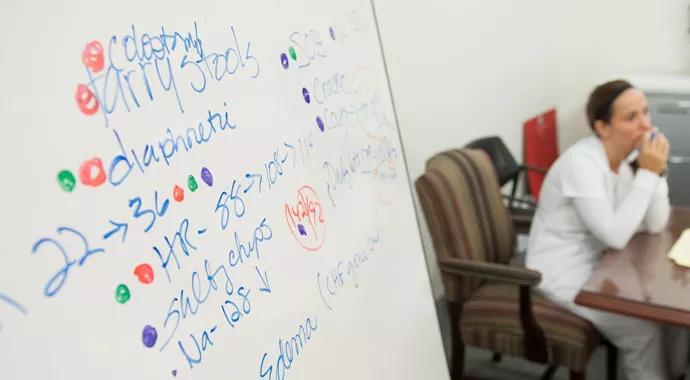
Four years ago, Cleveland Clinic’s Zielony Nursing Institute launched a weeklong immersion program for newly graduated nurses who need assistance making the transition from school to bedside. The program’s focus is on helping nurses recognize a change in a patient’s condition and determine whether it is urgent. With the success of the training program, Cleveland Clinic and its 13 Northeast Ohio nursing school partners in the Deans’ Roundtable Faculty Initiative had an idea: Why not provide nursing school faculty the same tools offered to nurses in the immersion program to help develop students before they move into a clinical setting? So in 2013, the Nursing Institute kicked off its Faculty Immersion Program.
Cleveland Clinic is a non-profit academic medical center. Advertising on our site helps support our mission. We do not endorse non-Cleveland Clinic products or services. Policy
The Nursing Institute recently presented its sixth Faculty Immersion Program on the campus of Cleveland State University. The one-day program, offered at nursing schools, is a hands-on learning experience that provides a framework for building critical thinking in relation to patient problem identification and urgency recognition in the classroom, simulation lab and clinical area.
“It’s a collaborative venture between us and the academic institutions to improve the competency of the new nurse,” says Christine Szweda, MS, BSN, RN, senior director of operations in Cleveland Clinic’s Office of Nursing Education and Professional Development. The goal is to help nurses:
To do so, the program provides faculty with tools for facilitating the development of clinical judgment in students. (The same tools are taught in Cleveland Clinic’s in-house immersion program for new nurses.) Faculty break into small groups, where clinical instructors first model the concepts the same way they do for new nurses, then share strategies for implementing the tools within the classroom.
The Faculty Immersion Program is led by clinical instructors, Szweda and Jennifer Van Dyk, DNP, RN, NE-BC, director of nursing education at Cleveland Clinic. They introduce four primary tools for facilitating critical thinking in students.
The Faculty Immersion Program has been well received by nursing schools. “Many of the faculty have taken pieces away from this program that have enabled them to teach differently, to get students to think more critically, and to get them to ask more questions and provide more answers,” says Patricia A. Sharpnack, DNP, RN, CNE, NEA-BC, ANEF, Dean and Strawbridge Associate Professor at Ursuline College’s Breen School of Nursing, where the program was held in February.
Perhaps more importantly, the program helps strengthen the partnerships between Cleveland Clinic and local nursing schools. “Oftentimes, nursing programs act in isolation,” says Dr. Sharpnack. “Having partners such as Cleveland Clinic supports deans and directors who are trying to transform the educational process.”
It also helps the Nursing Institute elevate its care. “There’s an exchange of information between us and the nursing schools,” says Dr. Van Dyk. “We have changed the way we do things in our new graduate immersion program and the way we onboard nurses because of insight our academic partners have shared with us.”
That two-way flow of information ultimately benefits patients. “The partnership brings hospitals and nursing programs together for the good of the patients in terms of quality, safety and patient outcomes,” says Dr. Sharpnack.

Phone triage system reduces call backs and delays in care
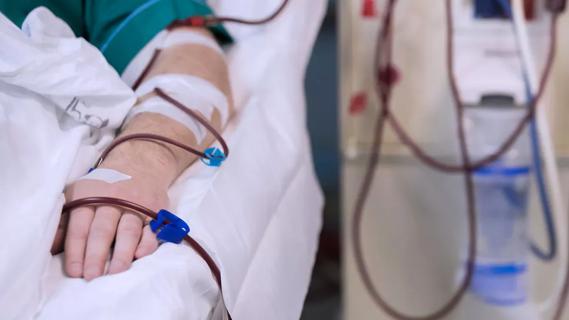
New protocol reduces costs, increases patient and caregiver satisfaction
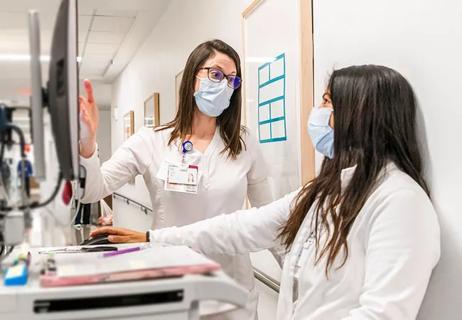
New options benefit caregivers, nursing units and patients
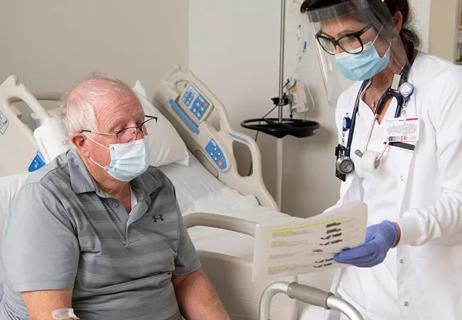
Nurses facilitate preoperative program to educate and prepare patients for ongoing care
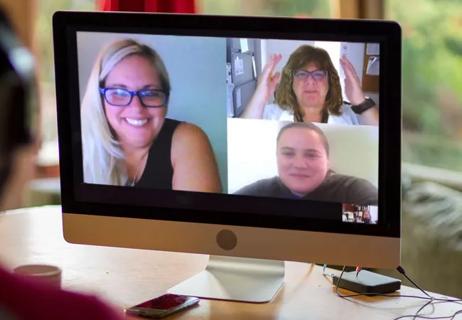
Introduces at-home work and new patient screening tool

Health disparities, mental health and more

Ideas for approaches to prevention, response and more
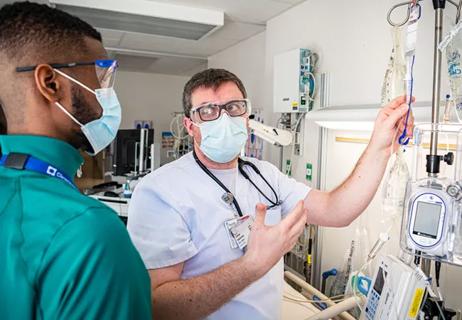
Educating and developing generations of nurses